Finance & Global Affairs _|_ Issue 10, 2018
Reconciliation and Justice in Australia
How a nation is trying to heal the wounds of its colonial past and reconcile with its indigenous people
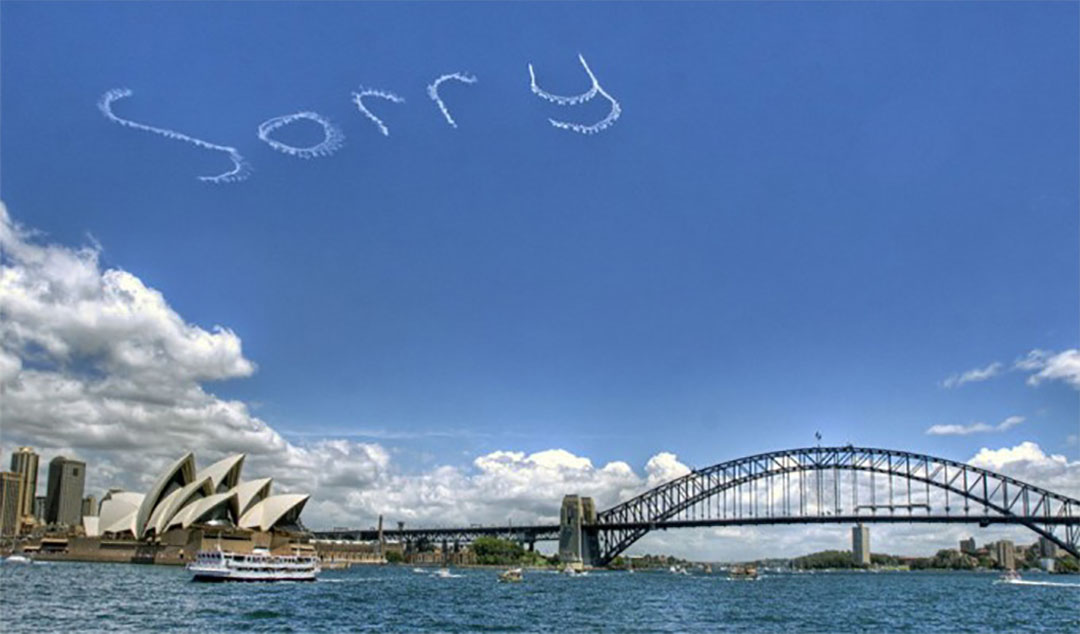
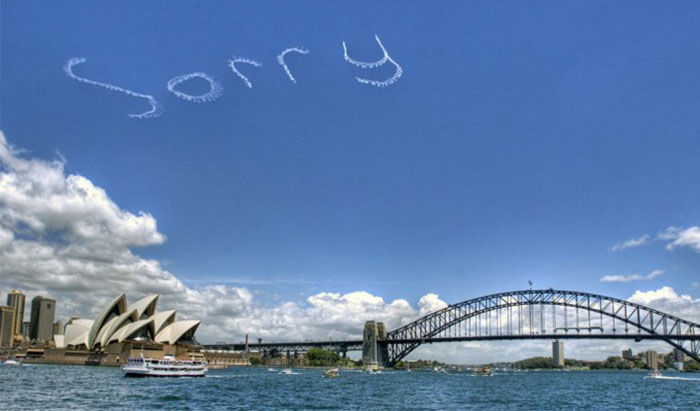
Reconciliation and Justice in Australia
How a nation is trying to heal the wounds of its colonial past and reconcile with its indigenous people
In the second of two articles on reconciliation movements around the world, we look at attempts by the Australian people to come to terms with their colonial past and move forward as a more unified country. Rosemary Rule describes some of the initiatives aimed at acknowledging the experience of the Aboriginal community and making some degree of reparation, as well as honouring their ancient wisdom. In an additional interview, we talk to John Bond, who played a leading role in the ten-year campaign that resulted in the historic apology, delivered by then Prime Minister Kevin Rudd in 2008, to the ‘Stolen Generations’.
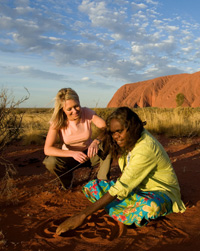 Australia’s First Nation’s people continue to assert their sovereignty through their lived relationship with the land and each other, and remain connected to their ancestors through the continuation of cultural practices. Their spirituality – which for Indigenous Australians is absolutely inclusive of every aspect of their lives, extending to the land and its flora and fauna – is now being revised, recalibrated for the 21st century, and embraced by Aboriginal and non-Aboriginal peoples alike.
Australia’s First Nation’s people continue to assert their sovereignty through their lived relationship with the land and each other, and remain connected to their ancestors through the continuation of cultural practices. Their spirituality – which for Indigenous Australians is absolutely inclusive of every aspect of their lives, extending to the land and its flora and fauna – is now being revised, recalibrated for the 21st century, and embraced by Aboriginal and non-Aboriginal peoples alike.
Aboriginal people have the distinction of being one of the oldest – arguably the oldest – continuous living cultures in the world. Recent research has confirmed that their occupation of Australia dates back more than 65,000 years. The nation is now starting to take pride in their history and to redress past injustices. In 1991, The Council for Aboriginal Reconciliation Act – one of a series of government initiatives which reflect these changing attitudes – called for:
… a united Australia which respects this land of ours; values the Aboriginal and Torres Strait Islander heritage; and provides justice and equity for all.
No One’s Land
Prior to these initiatives, traditional cultural practices were, by and large, actively and often savagely discouraged, having devastating and long-lasting consequences on many of the 761,300 Aboriginal and Torres Strait Islander people, or 2.5% of the national population, who today still call Australia home. The problems stem back to 1770 when, during his voyage around the coast of Australia British explorer Lieutenant James Cook declared the land to be terra nullius or ‘no one’s land’, thus opening it up to settlement by immigrants. In fact there were over 750,000 Aboriginal people inhabiting the island continent, speaking hundreds of different languages, and not only looking after but also cultivating the land [/].
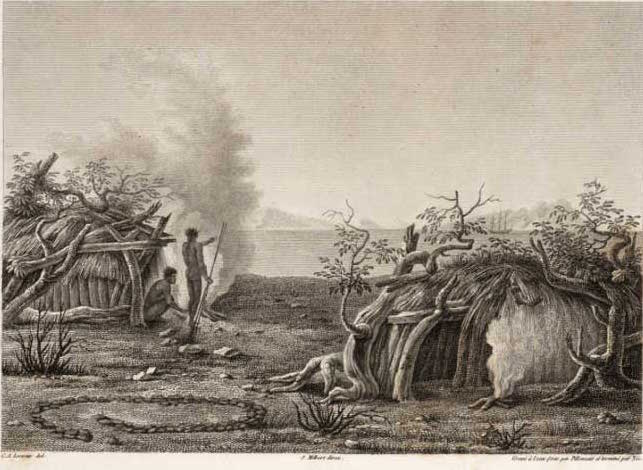
It is a myth that Aboriginal people were hunger-gatherers who never made the transition to agriculture. There are many reports from early settlers of villages and land cultivation, with up to 19 different crops being grown. This drawing from the Baudin expedition shows a settlement of about 12 well-constructed huts on the tip of Peron Peninsula in Western Australia on 18 March 1803. Click here [/] for more
Captain Cook and his contemporary early white explorers were oblivious to the real nature of the people they were invading or to the spiritual richness of the land they were exploring. Instead, they opted to introduce a period of colonisation from 1788 onwards. This has had profoundly poor consequences for Australia’s First Peoples. So while for many of these early explorers, the period was one of discovery of a ‘wondrous’ southern continent, to the Aboriginal peoples it was an invasion of homelands occupied for many millennia. They were deprived of their lands and marginalised, treated as the ‘other’ or outcasts, and many thousands were massacred. They were denied the same basic human rights as white Australians and forced to assimilate. Cultural practices were misunderstood, outlawed and/or ignored.
Lighter-skinned Aboriginals were targeted in particular, and between 1900 and 1969, tens of thousands of children were forcibly removed from their families by government agencies and put into the care of church missions and other institutions, a practice which is now referred to as the ‘Stolen Generations’ [/].
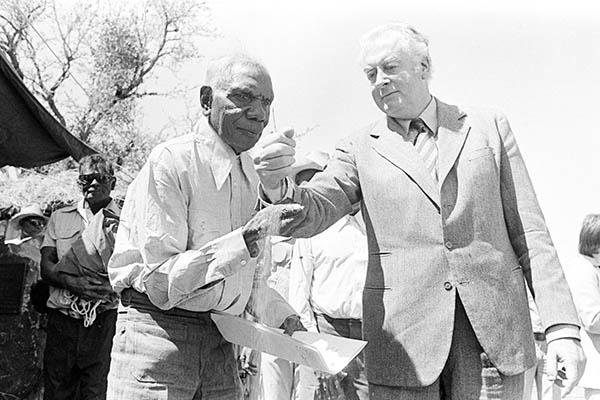
Prime Minister Gough Whitlam pours sand into the hand of Vincent Lingiari of the Gurindji people, signifying the return of a portion of their territory during the first land return on16th August 1975. Photograph: Mervyn Bishop via Wikimedia Commons
Reconciliation
However, since the mid-20th century, things have begun to change, with a series of major political, judicial and cultural milestones which included, in 2008, an official apology by Prime Minister Kevin Rudd [/], on behalf of the Australian government, for the injustices perpetrated against the stolen generations in particular. (See our interview with John Bond, The Power of Saying ‘Sorry’, at the end of this article.)
The process began in 1967 with a National Referendum that altered the Australian Constitution by giving Aboriginal people the right to vote in Federal elections, and to be regarded as Australian citizens. More than 90% of Australian voters chose ‘Yes’ to counting Aboriginal and Torres Strait Islander peoples in the census.
Then in 1976, the Aboriginal Land Rights Act opened up the possibility of territory being returned to its original inhabitants. About 50% of the land in the Northern Territories was transferred to collective Aboriginal ownership in the same year, and since then, other areas have followed. Finally, in 1992, the High Court’s Mabo judgement overturned the terra nullius fiction. However, in the same judgement, the High Court accepted the British assertion of sovereignty in 1788, and held that from that time there was only one sovereign power and one system of law in Australia.
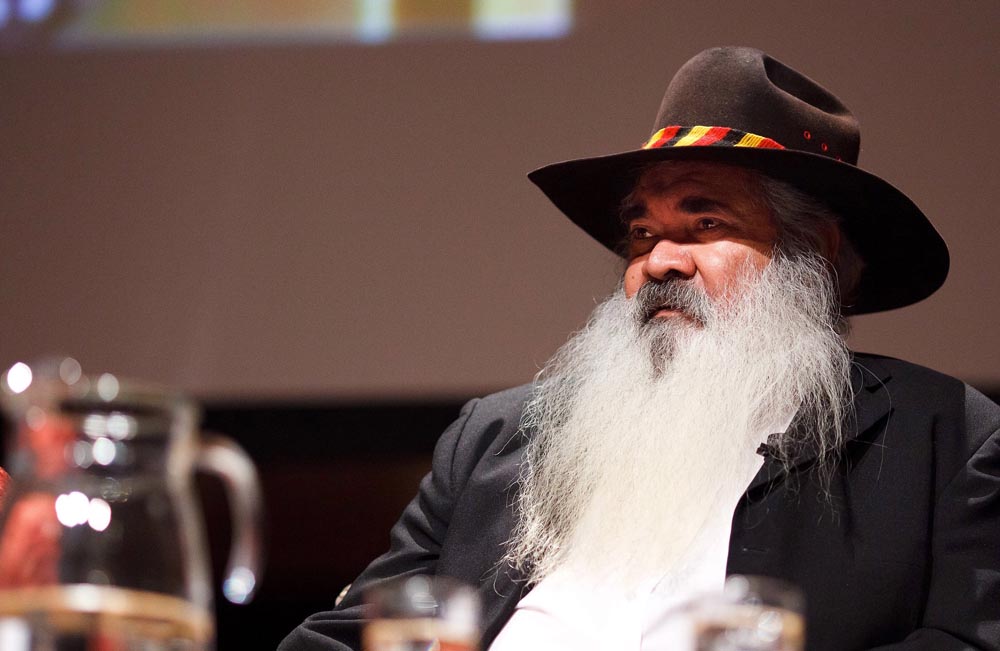
Patrick Dodson on a human rights panel discussion in 2011. Photograph via Wikimedia Commons
In the 1990s, locally-based reconciliation groups were formed throughout the country, typically by white people wanting to learn about the history, culture and achievements they shared with the original inhabitants. They also wished to deal with continuing discrimination and racism. As Patrick Dodson, known as ‘the father of reconciliation’ and since 2016 a Labor Senator, has said:
Reconciliation cannot be taken for granted; the past is not going to be forgotten or forgiven. This reconciliation will come when governments stop trying to make us the same as everyone else. When they desist from constantly demanding we conform to every facet of mainstream society that wants to break down or deny who we are, especially with regard to our unique relationship to our land and community.
There has to be acceptance that we are a collection of diverse peoples with our own uniqueness and we are entitled to be as such. This is what has been taken from us, along with our lands, our spirituality and unique societal framework.
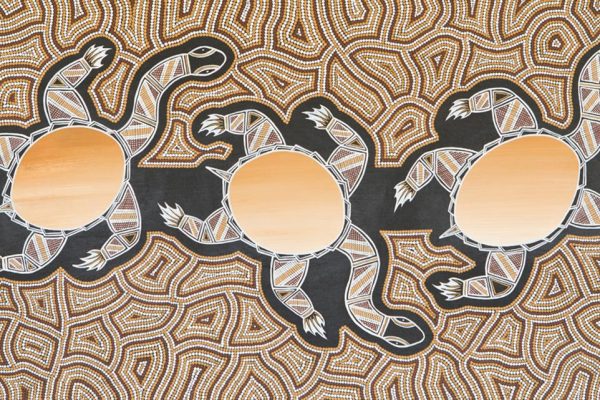
Murray River Dreaming, 2017 by Daniel M., a Yorta Yorta man for whom turtles are his totem. Photograph courtesy of The Torch, an organisation that provides support to Indigenous offenders and ex-offenders in Victoria through art, cultural and arts vocational programmes. Indigenous Australians make up less than 3% of the Australian population but represent 27% of the national prison population. More information here [/]
Spirit and the Land
One important aspect of reconciliation is recognition of the unique spiritual vision of the Australian Aboriginals. As Patrick Dodson has explained,
The aborigines and the environment are but one, and all things on earth have a cycle, and they recycle. All rivers, trees, creatures and plants are alive just as we are, today and in the beginning. They are part of nature as we are, and our connection to all things natural is spiritual.
There is also their distinctive understanding of ‘The Dreaming’ which from time immemorial has been the explanation of the beginning and the continuity of life. It is deeply embedded in the spiritual lives of Aboriginal people. It influences codes of behaviours, laws and lores, family, social structures and sacred duties, differing according to the respective custodians of the land on which it is practiced. Dreaming Stories (sometimes called Creation Stories) are passed on through a rich tradition of song, poetry, dance art and storytelling, explaining the creation of the land, the animals and the people.
Some stories are restricted or controlled by an elder or elders. Stories may relate to specific archaeological sites depicting the long history of this ancient culture, such as rock art in caves, or fossils from places where groups lived and shared their meals. Today, Aboriginal people take pride in being the custodians of their sacred sites, either protecting or guarding them, or more recently, opening them up to the public and guiding visitors. Thus, the recent excavations at Madjedbebe [/] on the Arnhem Land plateau, which seem to have definitively established the extraordinary longevity and continuity of culture in Australia, were undertaken with the cooperation of the Marrar people. [For a video on these remarkable discoveries, click here [/].]
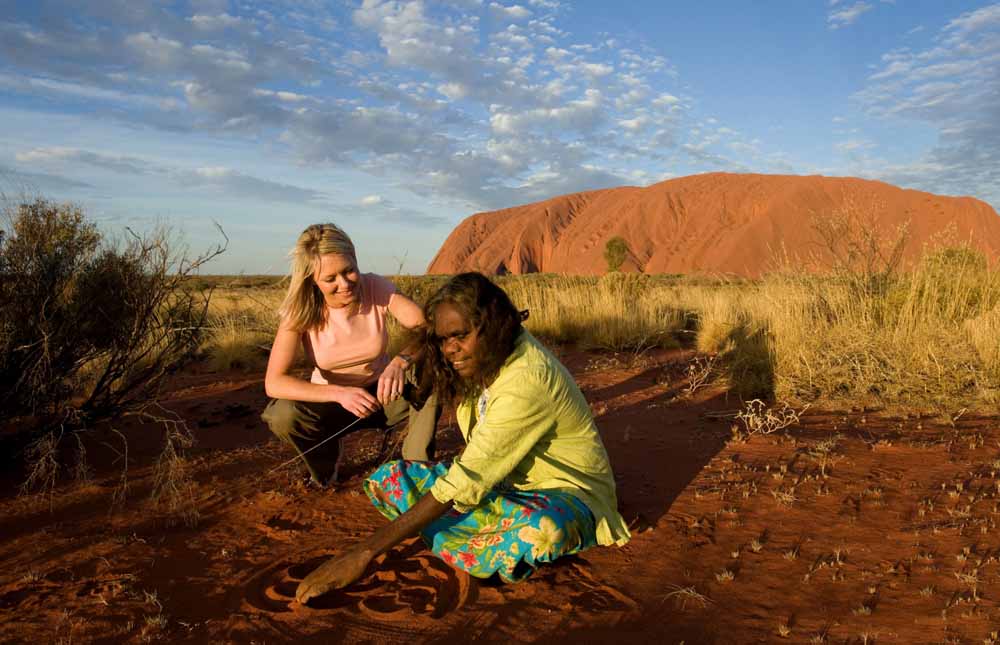
A member of the Anangu people at Uluru National Park. Photograph: David Kirkland courtesy of Tourism NT
One of the most significant and internationally recognised symbols of Australia is Uluru, the giant sandstone monolith in Central Australia (formerly known as Ayers Rock) which plays an important part in many Dreaming Stories. It is a widely recognised source of spiritual connectedness with the continent, and surely represents the reconciliation process for the human condition far beyond the confines of culture or nationality.
In 1985, after lengthy negotiations, the Australian Government handed joint management and title of Uluru-Kata Tjuta National Park Uluru to the traditional owners, the Anangu people, on condition that they lease it back for a period of 99 years. This is so that the Park can remain open to the half-million or more visitors a year who come from all over the world.
This decision did not pass without protest, and Uluru in many ways has come to symbolise the problems of reconciliation, particularly as it concerns the use of the land. Mass tourism inevitably brings changes to the environment, and since the Anangu people took over, the impact has been carefully controlled – access to the Park is limited, and visitors stay off-site in designated areas. More contentious has been the practice of climbing the rock, which many tourists like to do. The traditional owners have actively discouraged this, and the environmental damage has been considerable. Uluru will therefore be closed for climbing permanently on 26th October 2019, a date marking 34 years since the hand-over.
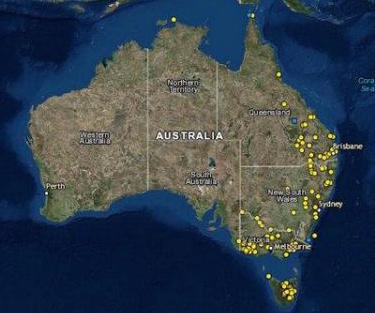
The Massacres Map produced by the University of Newcastle Centre for 21st Century Humanities. More information here [/]
Acknowledging Past Wrongs
Another indication of changing attitudes towards Australia’s colonial past is the public acknowledgement of atrocities committed across the vast continent and the murder of Indigenous people, the so-called ‘Frontier Wars’.
In 2018, a landmark project, the Massacres Map [/] was launched, mapping massacres between 1788 and 1930. It documents 250 sites across almost every state and territory, with mass killings continuing well into the 20th century. The first of its kind, the map has generated a high level of interest internationally and locally and is publicly available [/]. According to project developer Professor Lyndall Ryan of the University of Newcastle (New South Wales):
Finding sources to corroborate oral history of the massacres was difficult, because the killings were designed not to be discovered.
The project is still in progress, and it is expected that it will eventually document over 500 massacre sites altogether.
Interest in past history was further evidenced recently with a powerful (and popular) exhibition Colony: Frontier Wars [/], held in Melbourne at the National Gallery of Victoria (NGV). This brought together different understandings of Australia’s shared history and offered a pathway towards recognition through the works of many Indigenous and non-Indigenous artists. The exhibition was presented concurrently with Colony: Australia 1770–1861, offering viewers a parallel experience of the colonisation of Australia, an attempt by the NGV perhaps, to unite the contemporary with the colonial; a difficult endeavour that Australia has yet to completely master or to come to terms with.
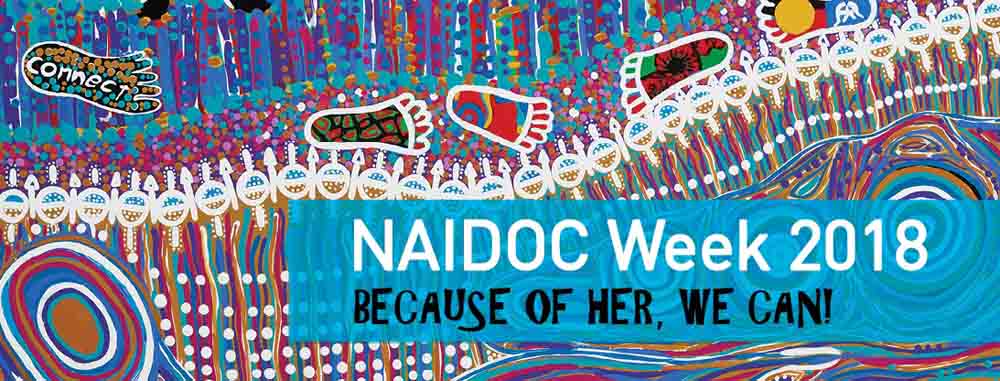
Poster for NAIDOC Week 2018 celebrating women of power
Celebration
Inspired by people such as Patrick Dodson and his measured approach to cultural, social and political issues, thousands of Australians now come together regularly to support the reconciliation movement. National Reconciliation Week, 27th May–3rd June (the date is bookended by two significant milestones: the successful 1967 referendum, and the High Court Mabo decision respectively) is commemorated each year. It continues to put a spotlight on matters that still need to be addressed for the Aboriginal community: poor health and educational outcomes, disproportionate incarceration rates, among others.
NAIDOC Week (National Aborigines and Islanders Day Observance Committee) held each July celebrates the history, culture and achievements of Aboriginal and Torres Strait Islander peoples in Indigenous communities and increasingly, in government agencies, community organisations, local councils, workplaces, schools and sporting groups. As Patrick Dodson has said:
Whatever differences we have between us as societies we need today to find the collective courage to negotiate our way through them, to mutually agreed outcomes. True justice may never be arrived at, but what we may achieve might give us peace and mutual respect. After more than 200 years, we Aboriginal people are due at least that…
We have much to contribute to the world; ways of knowing and being that are going to be essential to everyone’s survival on our planet. As true citizens of Australia, properly acknowledged in our constitution, we can look forward not only to improving our own lot, but helping Australia contribute to the well-being of all of the world’s people.
The Power of Saying ‘Sorry’
Jane Clark talks to John Bond about the landmark apology to the Aboriginal community by the Australian Parliament in 2008
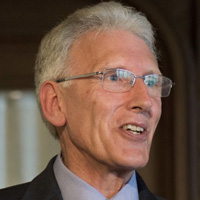 Jane: How did the idea of an apology to the Aboriginal people come about?
Jane: How did the idea of an apology to the Aboriginal people come about?
John: Between about 1900 and 1970, tens of thousands of Aboriginal children had been removed from their families and forced to assimilate with the mainstream population. This had caused enormous suffering, and so the Aboriginal community had been agitating for an enquiry. Eventually, the government agreed. So in 1995 they asked Sir Ronald Wilson, a former High Court judge who headed Australia’s Human Rights and Equal Opportunities Commission, to lead it. He was joined by Aboriginal lawyer Mick Dodson, brother of the well-known activist, Patrick Dodson.
Sir Ronald was quite conservative, and when the enquiry started, was a bit blasé about it. “Can’t we get this over with in three months?” he asked. But after he had listened for over a year to 535 Aboriginal people telling their stories, he was a changed man. As he said:
I was a hard-boiled lawyer well-used to battles in the courts, but this enquiry has changed me. And if it can change me, it can change Australia.
In 1997, the enquiry brought out a report called Bringing Them Home, a shattering document – 600 pages of agonising stories. [For a video presenting this report click here [/].] It included 54 recommendations for action, of which the government implemented about eight. One recommendation was that there should be an official apology, because when, during the enquiry, people had been asked: “What can be done to help heal the situation?” many had replied “If only someone would say sorry”.
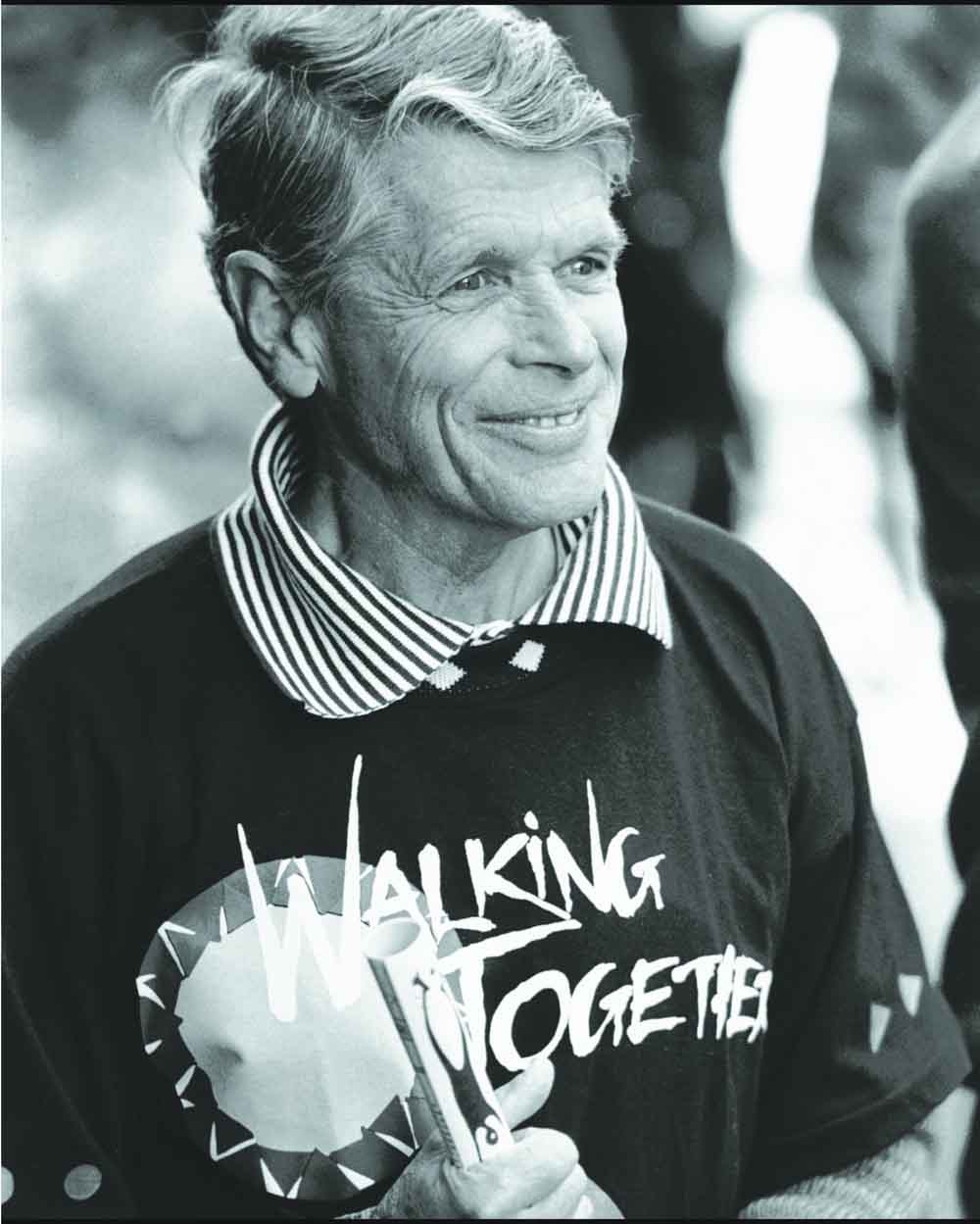
Sir Ronald Wilson. Photograph from the cover of his biography, A Matter of Conscience, by Antonio Buti, courtesy of AWAP Press
Jane: And what was the reaction to this?
John: Well, the government thought that this was a terrible idea and they had no intention of doing so. You have to remember that this programme had been running until the early 1970s, and there were still people in senior positions who had been active in public life when these policies were being implemented, including the Prime Minister.
But when Sir Ronald said that he was a changed man, he meant it; and from the time of the commission onwards he devoted himself to the healing process. He spoke all over the country about the revelations of the enquiry he had conducted. This annoyed the Government, and they removed him from his position as President of the Human Rights Commission. But it did not make much difference to his influence and he continued to be a thorn in their flesh.
He gathered a group of about 30 people – half Aboriginal and half white Australian – and asked them, since the Government refused to apologise, whether there was any possibility of an apology from the Australian community. I was invited because I had arranged a speaking tour for Sir Ronald in Canberra.
We decided that we would organise a ‘Sorry Day’, and invite all Australians who wished to apologise to join us on that day. It was planned for 26th May 1998, a year from the day that the Bringing Them Home report was tabled in the Australian Parliament. At that time it was only four months away.
The response amazed us. A former Governor General, Sir Zelman Cowan, agreed to be our patron, and other establishment figures quickly followed. A well-known actor produced 200 ‘Sorry Books’ – manuscript books in which people could write an apology and say why they were doing it. These were placed in libraries and town halls and such like. Soon universities and schools joined in, often making their own Sorry Books, and before long several thousand were circulating.
Jane: So people all over the country made a written apology to the Aboriginal people?
John: Yes, there were nearly a million signatures in the end. All these activities generated hundreds of newspaper stories, and when Sorry Day finally arrived, hundreds of thousands took part. There were big events around the country: at Melbourne Town Hall the Lord Mayor handed the keys of the city to Aboriginal people of the Stolen Generations; church bells rang out; organisations of all kinds invited Aboriginal people to speak at their events. But the government remained largely silent.
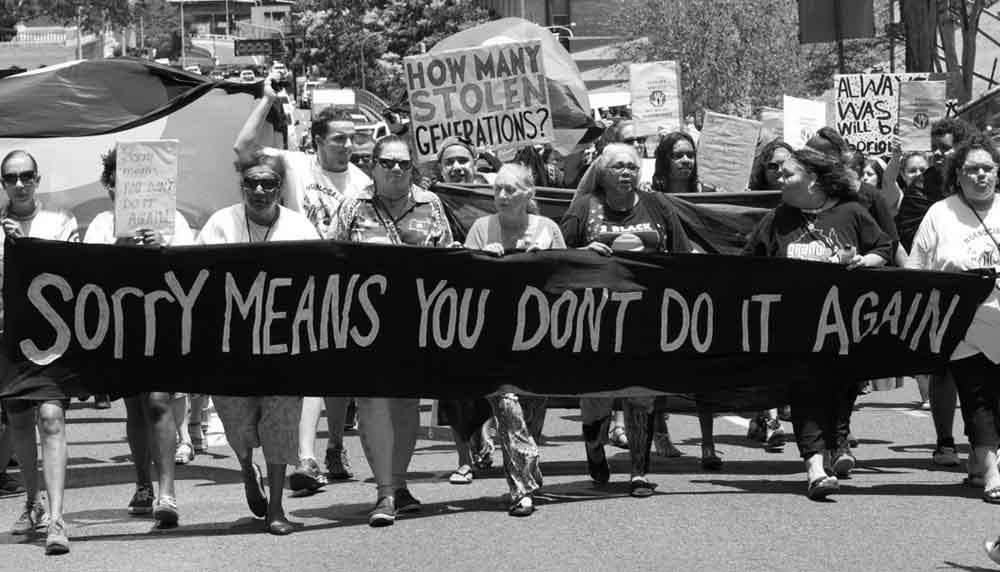
Sorry Day 1998. Photograph: https://hayleyflynnjustice.weebly.com/the-stolen-generation.html
Jane: What was the reaction in the country as whole?
John: Well, following this, representatives of the Stolen Generations met. They had been greatly moved by Sorry Day, and said that this opened up the possibility of healing. Out of that meeting came a decision to launch a ‘Journey of Healing’ and to invite the whole community to help heal the wounds. A former prime minister, Malcolm Fraser, agreed to be a patron of this movement, as did a well-known Aboriginal leader, Lowitja O’Donoghue.
Again, people had all sorts of ideas as to what they could do. One newspaper carried 14 pages of stories about ‘Journey of Healing’ events around the country. In Adelaide, at a home for children who had been taken from their families, a memorial was created, called ‘The Fountain of Tears’, and nearby ‘The Grieving Mother’ was erected – a statue of a woman who has had her child taken away. She is often decorated with flowers by visitors expressing their understanding of the story. This is what the Aboriginal people who had grown up in that home chose to put on the statue:
Jane: So how did the government respond to all this?
John: The Prime Minister’s office wrote a document suggesting that the Bringing Them Home report had exaggerated the story. The Daily Telegraph, Australia’s largest newspaper, carried a front-page headline: ‘Black Myth – Prime Minister denies Stolen Generation’. That provoked a strong reaction because nearly a million people had recognised that it was not a myth. There were angry exchanges in the media, and Malcolm Fraser said that Australia faced tragedy on reconciliation. Many of us knew that the situation would degenerate into anger and bitterness unless a creative response could be found.
Then the Council for Aboriginal Reconciliation had the idea of inviting all the people who wanted to be part of reconciliation and apology to join a walk across the Sydney Harbour Bridge. They asked the Prime Minister to walk beside them. He refused. But a quarter of a million people turned up to what became known as the Corroboree Bridge Walk – ‘corroboree’ being an Aboriginal term for a gathering.
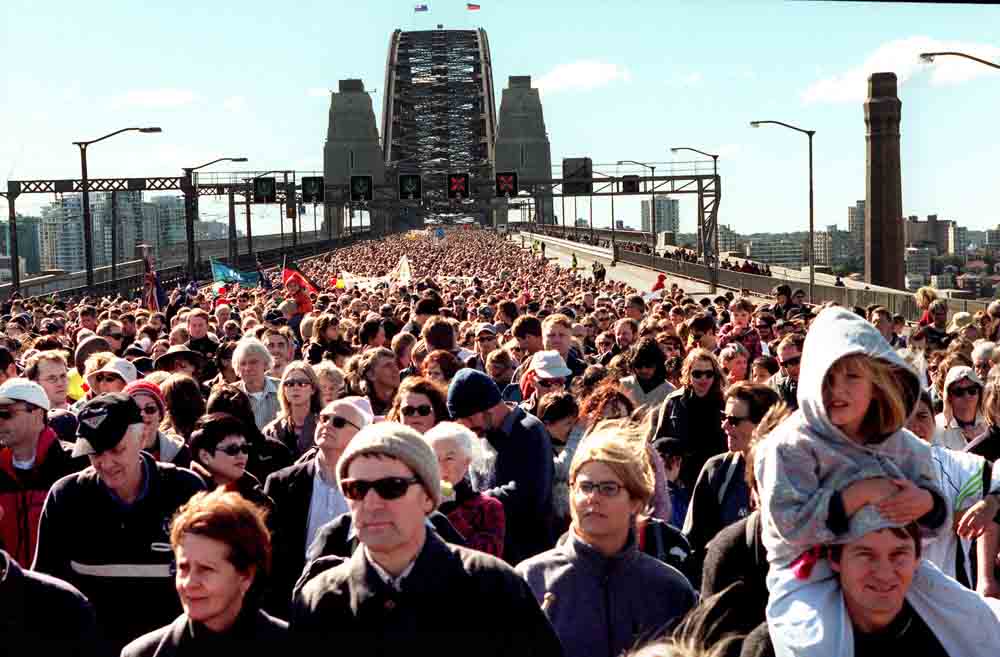
Corroboree Walk over Sydney Harbour Bridge. Photograph: Rick Stevens/SMH News
Jane: What date are we talking about?
John: This took place on 28th May 2000. It was the largest demonstration in Australia’s history. Some people paid for a plane to write ‘Sorry’ in the sky over the Bridge, and this also had a very powerful effect.
One person who walked was an Aboriginal woman who had been removed from her family at the age of two and suffered greatly in the institution in which she was placed. Then when she was sent out as a domestic servant to a family, the husband raped her and thrashed her with wire. She fled into the bush, where she was eventually found, but the police would do nothing about the situation. So she was really angry.
She phoned me before the march, as my number was on the publicity posters, and said: “I will only walk with you if you get rid of that banner saying ‘Journey of Healing’ because after all I have been through, there is no possibility of healing for me.” I suggested that she walk by herself, which she did. She created a banner which said: “Stolen Generation – I am not a myth”. But the event turned out to be a profound turning point for her. She later said:
I looked at the thousands of people walking and the ‘Sorry’ written in the sky, and suddenly the tears began to flow down my cheeks. And I found a peace that I had never known.
One result of this experience was that she went back to the town where the rape had taken place – to which she had vowed she would never return – and was welcomed by the white people of the town. And this also was immensely healing for her.
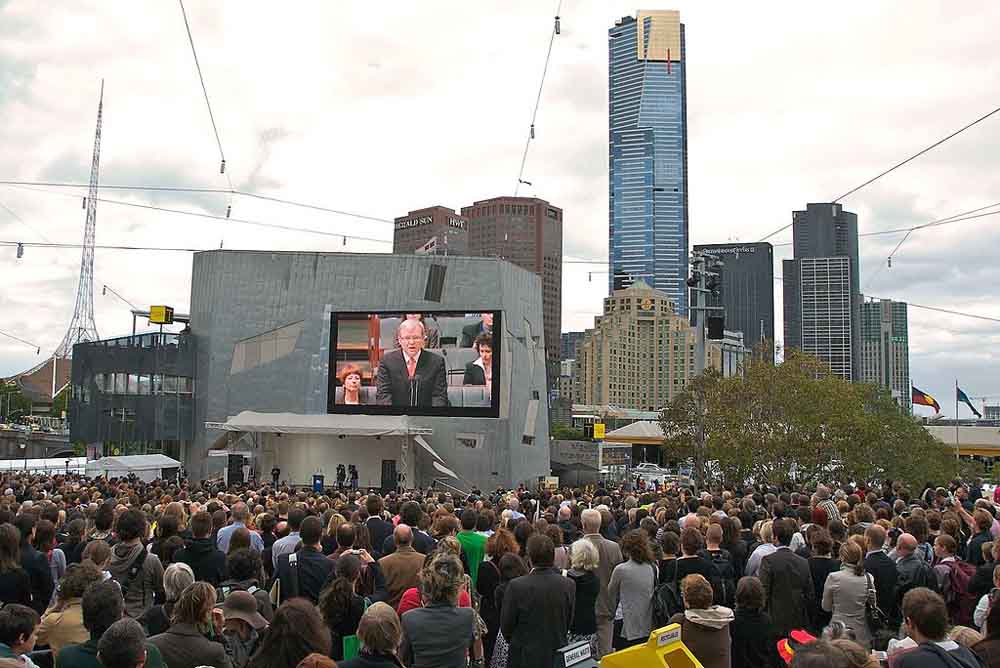
Kevin Rudd delivering the apology on screen in Federation Square, Melbourne, on 13th February 2008. Photograph: via Wikimedia Commons
Jane: But it was another eight years before the actual apology happened.
John: Yes. We continued to hold hundreds of Journey of Healing events each year. These were watched by the politicians of the ruling party, and many of them began to recognise that they had misjudged the whole issue. Then when the 2007 national elections brought the Labor Party to power, the new Prime Minister, Kevin Rudd, immediately committed the government to delivering the apology. He invited the Opposition to join in, and after three days of deliberation, they agreed to. So the apology, which took place at the opening of the 2008 parliamentary year, was unanimous across the Parliament.
It was a very moving event. Parliament was full. The galleries were full. There was a huge audience just inside Parliament, crammed into the Great Hall, and gatherings all over the country watching it on screens. It had an enormous impact.
Jane: Was there commitment to other kinds of reparation as well?
John: Yes, the whole government committed themselves to transforming the situation within a clear timetable. Five billion dollars was allocated to improving health, housing, education and employment, where there are enormous problems within the Aboriginal community. And for five years the improvements were on track to meet their targets.
However, after this period Kevin Rudd’s party was defeated, and the conservative party took over again. They removed much of that five billion dollars, so the improvements have slowed and in some cases stopped. The Labor Party have committed themselves to restarting the programme, and hopefully they will be re-elected next May (2019).
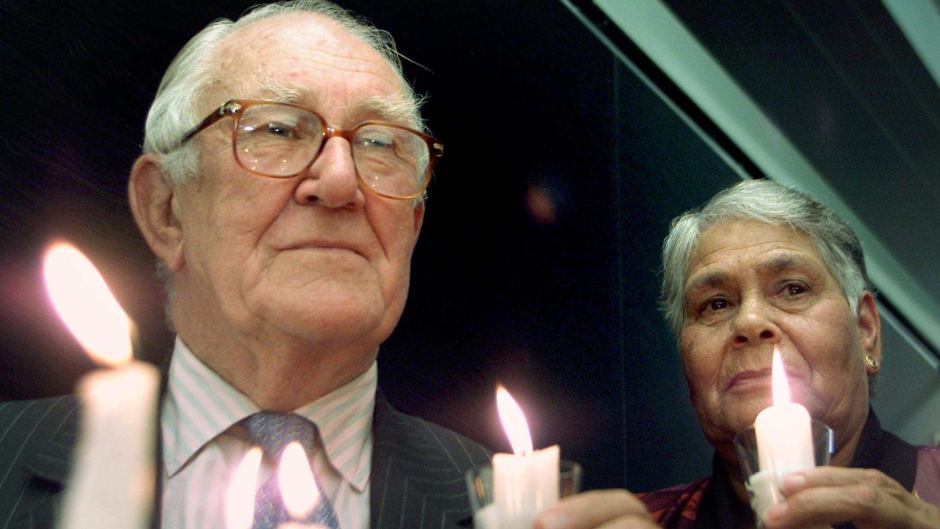
Journey of Healing patrons Malcolm Fraser and Lowitja O’Donoghue with symbolic candles after a news conference in Sydney in 2001. Photograph: Will Burgess/Reuters
Jane: You have already mentioned the profound effect of the Corroboree Bridge Walk upon one woman. What in general do you think the power of apology is?
John: Aboriginal people had already endured the devastation of their society. The one role which gave meaning to life was bringing up their children. When this was denied them, many were utterly broken and sought a way out of a meaningless existence through addiction, suicide or simply wasting away.
The national apology recognised the profound wrong done to them, and so it restored to them the respect which had been stripped away by tragically misguided government policies. The way was then open to create an Australian society in which Aboriginal people really belong. Let me quote one of the people involved, Zita Wallace, Chairperson of the Central Australian Stolen Generations and Families Aboriginal Corporation, who was herself one of the Stolen Generation:
Finally, there is recognition that what had happened to me – my removal from my mother, my family, my land and culture – was not right. I felt a weight lift off my shoulders. Since the apology we have been inundated with calls from Stolen Generations members. Like me, they feel empowered to speak up, not deny what happened or hide the impact and issues we are facing as a result.
The apology continues to have a profound effect. For instance, there are now a number of Aboriginal post-graduate students here at Oxford who come to the UK on scholarships set up after the apology. Kevin Rudd came to talk at the University recently, and at the end one of these students – a woman in her fifties who is a Professor of Nursing – stood up and said: “I want to thank you for the apology because without it I would not be here”. Afterwards my wife asked her what she meant. And she replied: “Well I just would not have had the confidence to apply to Oxford University”. So acknowledgement and recognition are not only healing – they are also empowering.
John Bond
As the Secretary of the National Sorry Day Committee, John was on the front-line of the movement which for more than ten years campaigned for the Australian government to make an official apology to the Aboriginal people. He now lives in Oxford, where he continues to work for peace and justice through participation in Initiatives of Change [/] and the Balfour Project [/].
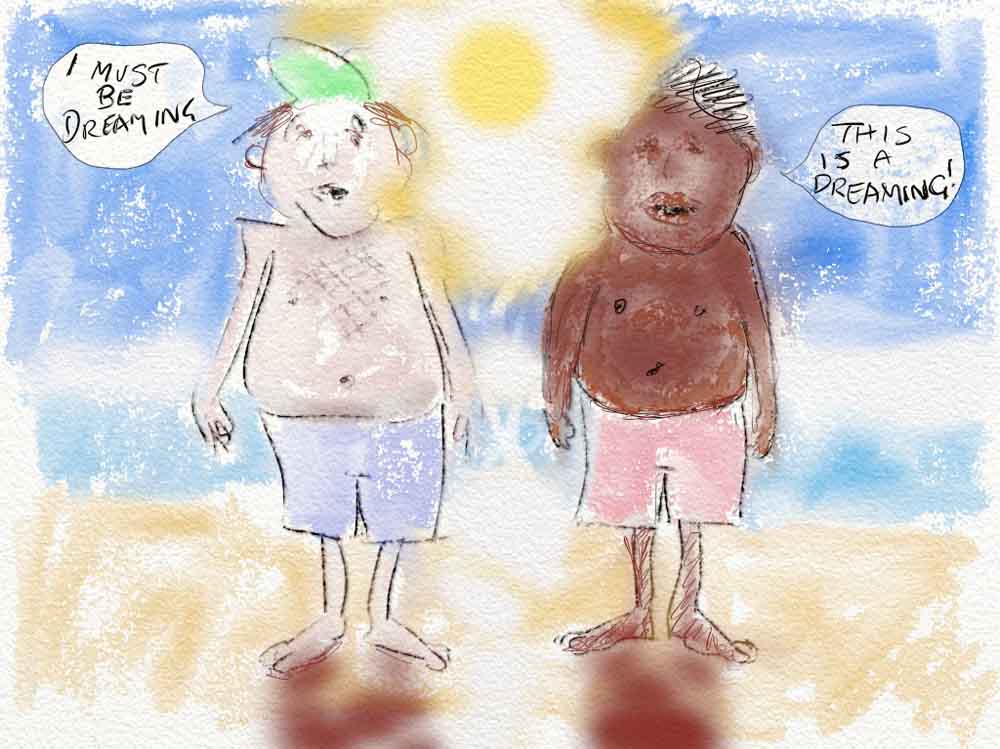
Cartoon by Simon Blackwood
Image Sources (click to open)
Banner: ‘Sorry’ over Sydney Harbour on the Corroboree Bridge Walk, 2000. Photograph: source unknown.
First inset: A member of the Anangu people at Uluru National Park. Photograph: David Kirkland courtesy of Tourism NT
Second inset: John Bond. Photograph: Initiatives of Change [/]
Third inset: ‘The Grieving Mother’ by Silvio Apponi at Colebrook Reconciliation Park, Adelaide. Photograph: https://www.weekendnotes.com/colebrook-reconciliation-park
We do our best to source and obtain permission to reproduce all images used by Beshara Magazine. If we inadvertently use an image without required permission, we apologise and ask people to contact us so that we can rectify the situation.
Other Sources (click to open)
For more on the Reconciliation movement in Australia, see https://www.reconciliation.org.au
To view a video of the apology delivered by Kevin Rudd in 2008, see https://www.youtube.com/watch?v=aKWfiFp24rA. For the full text, see https://www.australia.gov.au/about-australia/our-country/our-people/apology-to-australias-indigenous-peoples
For more on recent research into ancient past of Aboriginal peoples, see ‘The Archaeology of Rock Art in Western Arnhem Land’ by May et al, on the Australian National University website, and the film Spirit in the Stone.
For more on the Massacres Map see the University of Newcastle website
For more on the work of The Torch, see https://thetorch.org.au
For more on the Bringing Them Home report, see https://www.humanrights.gov.au/, including a video outlining the main findings of the enquiry on https://www.youtube.com/watch?v=Sl82VMuuKI0
Antonio Buti, ‘Sir Ronald Wilson: A Matter of Conscience’ (UWAP Press, Perth, 2007).
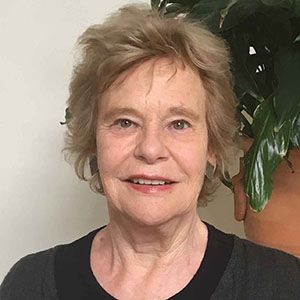
Rosemary Rule is an alumni of the Beshara School. She is Co-Chair of the Port Phillip Citizens for Reconciliation group based in Melbourne, a member of Reconciliation Victoria, of Australians for Native Title and Reconciliation Victoria, and has promoted and written about Aboriginal Australia-related matters for many years
Email this page to a friend
FOLLOW AND LIKE US
——————————————
——————————————
——————————————
FOLLOW AND LIKE US
If you enjoyed reading this article
Please leave a comment below.
Please also consider making a donation to support the work of Beshara Magazine. The magazine relies entirely on voluntary support. Donations received through this website go towards editorial expenses, eg. image rights, travel expenses, and website maintenance and development costs.
READ MORE IN BESHARA MAGAZINE
Peace and Justice in Montgomery, Alabama
A visit to a new memorial which aims to heal a dark period of American history
Poacher’s Pilgrimage
A journey with Alastair McIntosh – poet, theologian, environmental activist, prophet of a new Scotland and a new world, and interfaith traveller
The Field of Light
Bruce Munro’s new art installation at Uluru (Ayers Rock)
A New Architectural Language for Islam
The inclusive vision of Glenn Murcutt’s Australian Islamic Centre
READERS’ COMMENTS
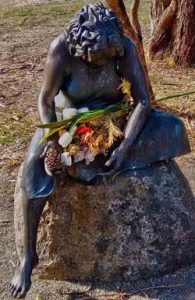

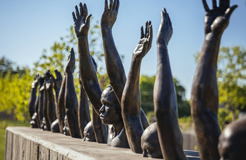
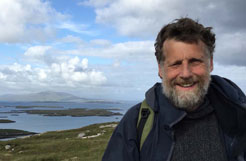
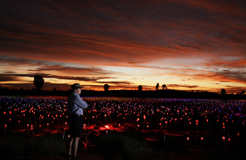
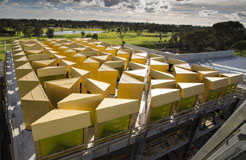
Pat Dodson is a consultant and former Australian senator. He is the best person and the Catholic priesthood. I love this person. Anyway, also Australia is the most beautiful Country in Oceania.